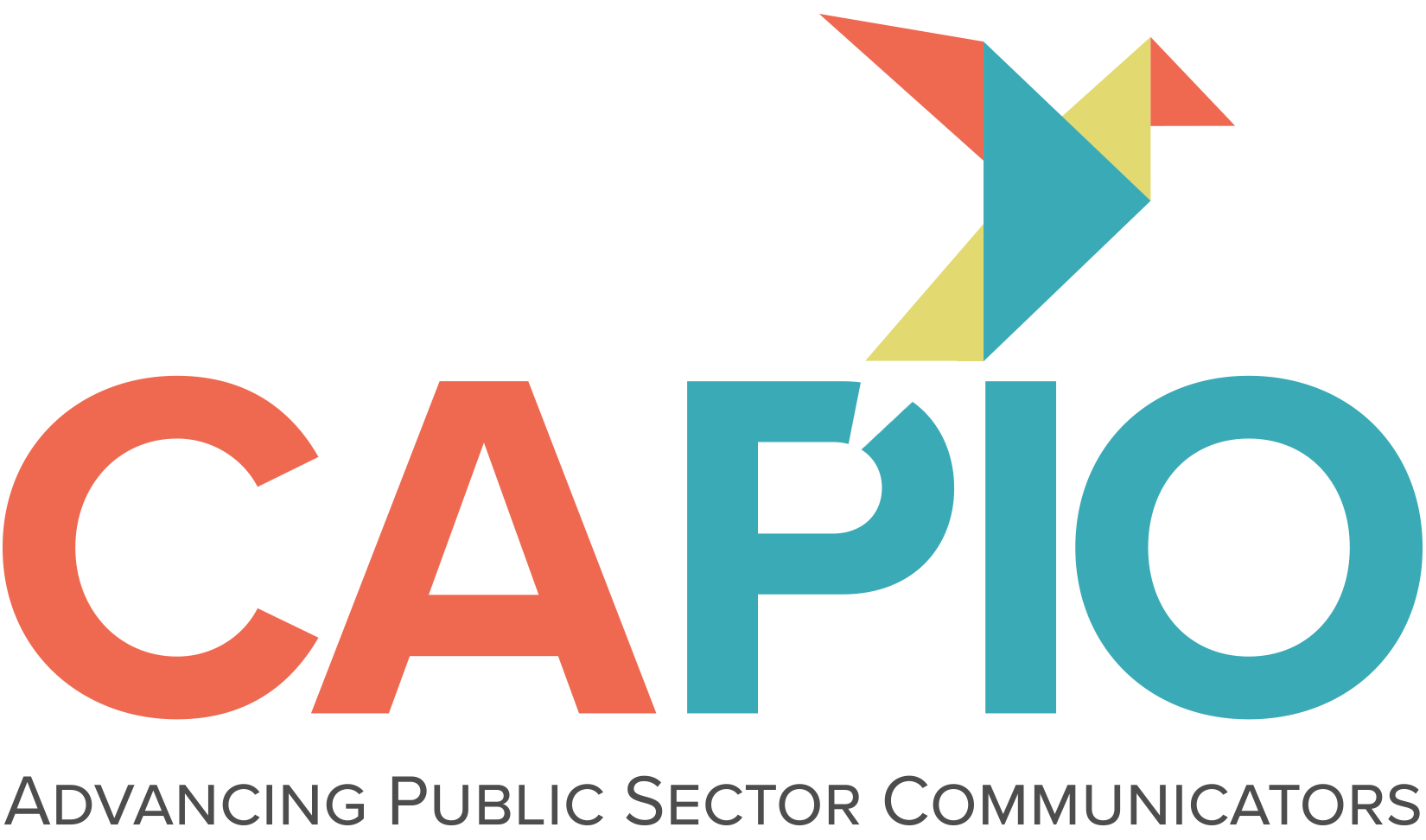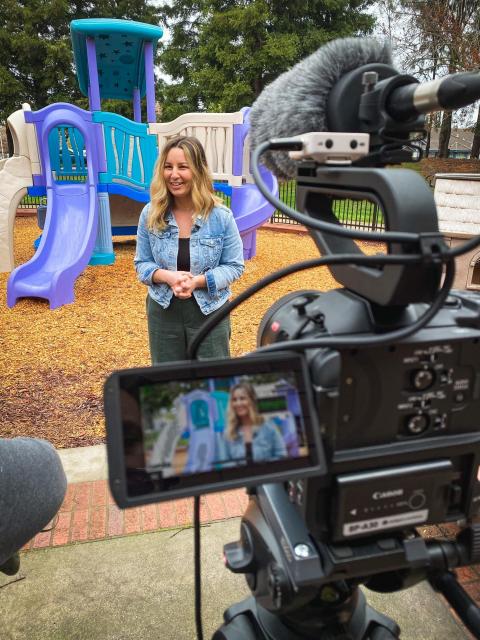Make the most out of your in-house videos
Four tips on making video more accessible to your team
As you have probably already experienced, video production can be a beast of a burden to your day-to-day communications. While many agencies and organizations have moved to add a dedicated multimedia specialist to their staffing needs, most smaller agencies and departments rely on a team of one to two to take on anything and everything that touches communications, including video projects.
Video may seem like a “nice to have” as opposed to a high priority, especially when taking into account all of the obstacles that come with video, including:
- Purchasing video equipment.
- Training or hiring someone with the right skills
- Diversifying video content.
- Finding time to create said content and managing what will undoubtedly create a new comms category for your colleagues to request from.
However, online audiences have become increasingly more adverse to reading when consuming information. This adversity significantly impacts whether or not public sector organizations are effectively communicating critical messages to their communities.
Whether you’re a larger team with a dedicated multimedia specialist or a small team of one to handle all of your video needs, there are several ways to ensure that you’re able to keep up with the demands that the video-centric landscape has generated despite some of these challenges while providing a certain level of quality that will be expected from your organization’s brand.
Tip 1 – Create a manageable video strategy
Just as you would create a communications strategy to map your priority messaging and communication needs for the year, you should also incorporate or develop a sole plan for your video content needs.
Define the type of content you will focus on throughout the year, your resources, and your overall goals with your video content. Find your north star and stick to it. Be explicit about prioritizing video and content needs, and don’t deviate. Are you prioritizing pre-planned video marketing content or primarily focused on fulfilling requests? A clear and vetted strategy allows you to anticipate your content needs, manage expectations, and set precedents for the unavoidable ad hoc requests from within your organization.
Tip 2 – Prioritizing video editing
Editing is the most valuable skill you can bring to the table as a small communications team. Strong editing skills can take a video from unprofessional and boring to polished and engaging. No matter what, this is the skill you should invest in for your video needs. Whether you’re looking into learning the skills yourself or hiring someone to help fulfill your video needs, make sure video editing comes first. All else can follow as needed.
Tip 3 – Get the tools that make sense for you
For beginners, don’t invest in dedicated equipment until you understand the basics and have a solid understanding of what you need. It’s easy to go out and purchase equipment without doing your research, but this is an easy way to waste valuable funds. Nowadays, smartphones have incredible content creation capabilities and can easily meet short-form content needs within reasonable expectations. Additionally, several companies produce professional-level video accessories that can work with smartphones and be used with professional video cameras.
If you’re looking for equipment recommendations, consult this curated list of video equipment I’ve used in several public sector comms shops.
Tip 4 – Leverage talking head content
Interviews are the most common type of video format used in the public sector. Don’t resist. You can find ways to freshen up the format for your organization’s needs by using unique angles, switching up interview locations, alternate interview setups, and getting creative with your b-roll.
It’s easy to get caught up in wanting to produce “more creative” types of content, and while there’s absolutely a time and place for such content, focus on the low-hanging fruit before pulling out the ladder. The most important things you can remember are:
- Get good at interviewing.
- Play around with camera angles.
- Don’t be afraid to re-use content.
- Experiment.
When you combine these tips, you can easily prepare yourself or your team as you ramp up your video needs!

